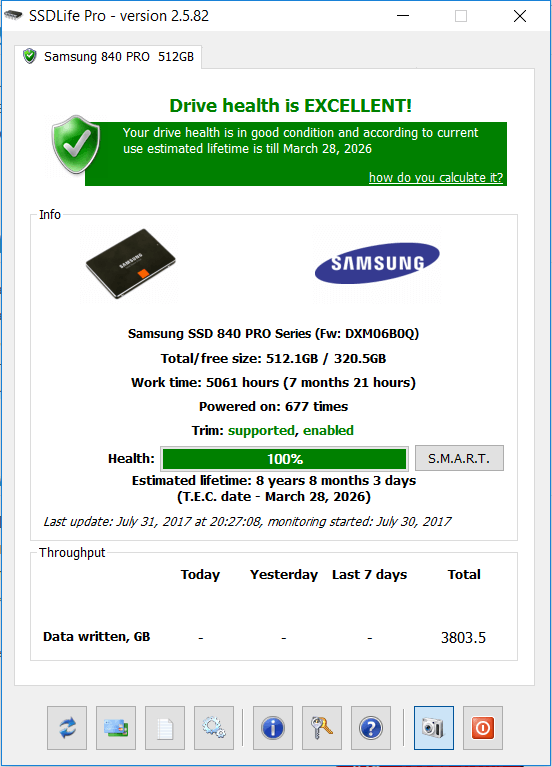
As such, the 1400 MT/s bus required to hit USB 3.2 Gen 2x2 speeds may be a bit taxing for a full-on SSD solution. The 2-channel design reinforces this assumption. The Phison U18 is a native universal flash drive (UFD) controller which suggests it is designed for USB applications. Only the 2TB and 4TB models have four while the 1TB has two, so the latter may not have these chips.

These ICs allow for high speed switching for 1:2 so likely assist the 2-channel controller with the use of four NAND packages. This controller is DRAM-less but, of course, current ONFi flash is based on NV-DDR3 I/O. These DDR switches have multiple applications, for example being able to commit data to non-volatile media from DRAM during a power loss event. We can also see two Texas Instruments TS3DDR4000 ICs between the controller and the NAND. It also simplifies the design and saves on cost. This can have ramifications for performance and power consumption. These controllers are a hybrid design in the sense that they replace the need for an external bridge chip. As the controllers are only 2-channel, the bus speed is necessarily increased from 800 to 1400 MT/s. These two controllers are very similar, but the U18 is 20 Gbps with its USB 3.2 Gen 2x2 interface while the U17 is at 10 Gbps with USB 3.2 Gen 2x1. The controller is the Phison U18, the faster sibling of the U17 that we saw in the updated Crucial X6 and the Inland Platinum External. The EX100U has the advantage of a faster interface than all three, and faster flash than the first two QLC-based drives. It’s also more expensive than the Samsung T7 Shield, which is more rugged and professional. The 1TB and 2TB models are the best values to be had, but are more expensive than competitors like the Crucial X6 and Inland Platinum External. Corsair backs it with a 3-year warranty and 250TB of writes per TB of capacity.Īt the time of review, the drive was available on Amazon and Corsair’s website for as little as $102.99, $189.99, and $464.99, from smallest to largest capacity.


The drive itself is small at 79.37 x 36.5 x 11mm, weighing it at just 22 grams. It utilizes a USB-C interface for up to USB 3.2 Gen 2x2 speeds, or 20 Gbps. The Corsair EX100U is rated up to 1,600/1,500 MBps for sequential read and write, respectively, at all capacities.

#Corsair ssd health check portable#
Not on par with the best external SSDs, Corsair's drive is best defined as a compromise or impulse buy if you need a general portable SSD.
#Corsair ssd health check professional#
It’s not aimed at being a professional drive with its weaker warranty and physical build despite having this faster interface. It’s clearly budget-oriented with its 2-channel controller and lackluster all-around performance yet it comes with TLC, high-capacity options, and a 20 Gbps interface. The EX100U suffers a bit from an identity crisis with contradictory characteristics, for example having not-horrible sequential write performance but combining it with a cheap design. It’s possible to get good sustained performance at 10 Gbps, such as with the Samsung T7 Shield, but affordable 20 Gbps options are a bit more limited, particularly if you need 4TB. Examples of both would be the Inland Platinum External and SanDisk Professional G-Drive (previously G-Technology G-Drive), respectively. Portable SSDs tend towards the cheaper end, for example at 10 Gbps with QLC, or at the more expensive professional end, with Thunderbolt speeds and performant TLC.


 0 kommentar(er)
0 kommentar(er)
